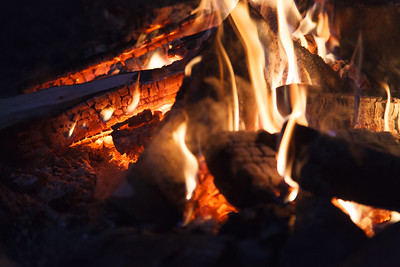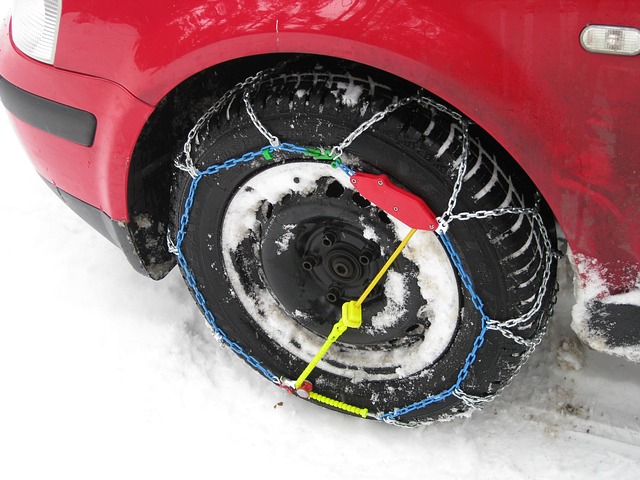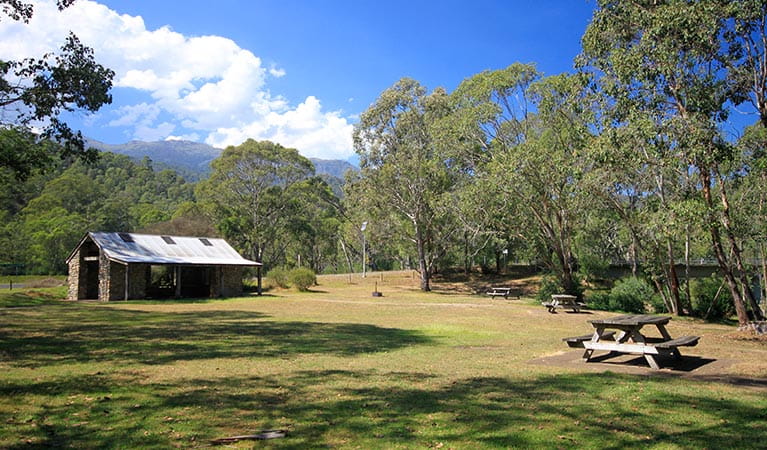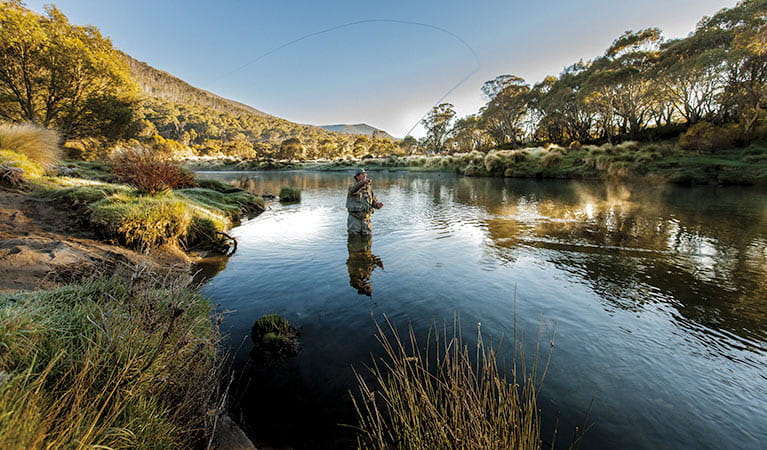Image by Ian Burt
Caravanning in Snow Country
An Antarctic blast has turned many parts of New South Wales into a snow globe world, registering some of the coldest days in over two decades. Some places were warned they could face blizzard-like conditions.
Mudgee, Bega, Cooma and Dubbo have all failed to hit maximum temperatures above 10 C, with some places finding the lowest daytime temperatures in 16 years.
The thing is, all of that means cozy camping, mulled wine, campfires, hot chocolate and maybe snow.
However, before you pack up the puffy jackets, beanies and gloves, hitch up the caravan and head off to an Australian winter wonderland, you need to keep a few things in mind.
Staying Warm
 To really enjoy getting a winter adventure you need to keep warm. That means making sure that your caravan’s heating system works. When you head into your local caravan repair shop like RV&Caravan Centres at Ballina, Port Macquarie and Forster-Tuncurry ask them to check the heating systems, diesel heater, gas system, or air-conditioner. That service should also include checking window and door seals. Photography by Lindsay Clark
To really enjoy getting a winter adventure you need to keep warm. That means making sure that your caravan’s heating system works. When you head into your local caravan repair shop like RV&Caravan Centres at Ballina, Port Macquarie and Forster-Tuncurry ask them to check the heating systems, diesel heater, gas system, or air-conditioner. That service should also include checking window and door seals. Photography by Lindsay Clark
Before you go, spend a little on a draught stopper to put at the base of the door when you’re in camp. Also, a quality quilt or good blankets are certainly worth stowing in your under-bed storage.
Preparing Your Vehicle
The snow adventure is beckoning, so you need to make sure your caravan, camper and tow vehicle are in fine working order. A service for your ‘home-on-wheels’ and tow vehicle is always a good idea to check that all are roadworthy and in fine condition. In particular, before your trip check your tyres, lights, brakes and oil levels on a regular basis.
Even with that done, you need to prepare for something to go wrong. And that could be a problem during especially in snowy or cold weather.
Here are the things you need:-
A safety blanket in the car or caravan – just in case you get stuck somewhere without heating and need to wait for assistance.
A quality, reliable torch – always handy.
A first aid kit
Tyre pressure gauge – to check tyre pressure before you leave and to adjust pressure for snow driving.
Gloves for driving or keep your hands warm when applying snow chains
Snow chains
If you do come across snow while driving through the back-blocks this winter, go carefully.
Tyres
Starting from the snow up, tyres are very important. Tyres with a good aggressive tread is best. When driving in snow, just as driving in sand, lower tyre pressures improves traction.
Tyres and tyre pressure are extremely important, especially when driving in cold weather or taking long trips. You should always check your tyre pressure is adequate and your tyres are not worn before heading off.
Snow Chains
 Travelling anywhere that there is a chance of coming across snow means carrying snow chains for your vehicle and caravan. Snow chains are designed to boost traction. It’s worth practicing putting them on if you haven’t much experience with chains.
Travelling anywhere that there is a chance of coming across snow means carrying snow chains for your vehicle and caravan. Snow chains are designed to boost traction. It’s worth practicing putting them on if you haven’t much experience with chains.
Tip: Carry a pair of old weather- and waterproof gloves in the car for chain fitting. They’ll keep your hands warm when you’re out in the elements, and they’ll keep the grease off.
Recovery & emergency gear
Just the same as when you hit the beach, travelling in snow means taking recovery and emergency gear. That includes a long handled shovel and Maxtrax.
Check your fuel
High altitudes and low temperatures can wreak havoc with diesel vehicles. The fuel changes consistency at very low temps and will lead to your car not starting.
Many alpine areas sell ‘alpine diesel’ which can work for temperatures down to about -3 degrees. Put it in your tank when the tank is near empty for best results.Drive smoothly
The key to driving a caravan in snow is slow, smooth driving and momentum. Keep good distance between you and other vehicles. Try to avoid sudden braking or fast, jerky movements, take corners slow and wide, and leave plenty of time to respond to the traffic ahead of you. Always stay on the well-worn tracks of the vehicles that have gone before you.
Some Winter spots to consider...
Geehi Flats campground

This Snowy mountains camp site sits gently by Swampy Plains River next to Geehi Hut.
It’s one of the bigger Kosciuszko National Park bush-camping options, with 150 undesignated snowy campsites.
The camp ground does not have phone reception, power or generators so you will be forced to get back to nature. Bring your own firewood.
Getting there
Geehi Flats is in the southern part of Kosciuszko National Park. Travel west along Kosciuszko Road for three kilometres, turn left onto Alpine Way and continue 78km. You’ll turn left into the campground after crossing the bridge at Swampy.
Thredbo Diggings
This Kosciuszko National Park camping site is bordered by snow gums and the peaceful Thredbo River. The upside to camping 19km out of Jindabyne in winter is you are in a prime position to access the ski fields at Thredbo Alpine Village.
Getting there
Leave Jindabyne on Kosciuszko Road and travel three kilometres. Turn left onto Alpine Way and drive 19 kilometres. The campground will be on your right. Though the road is unsealed, it is possible to reach the grounds in a 2WD. Tyres will require chains after snow.

Caravanning in snow country